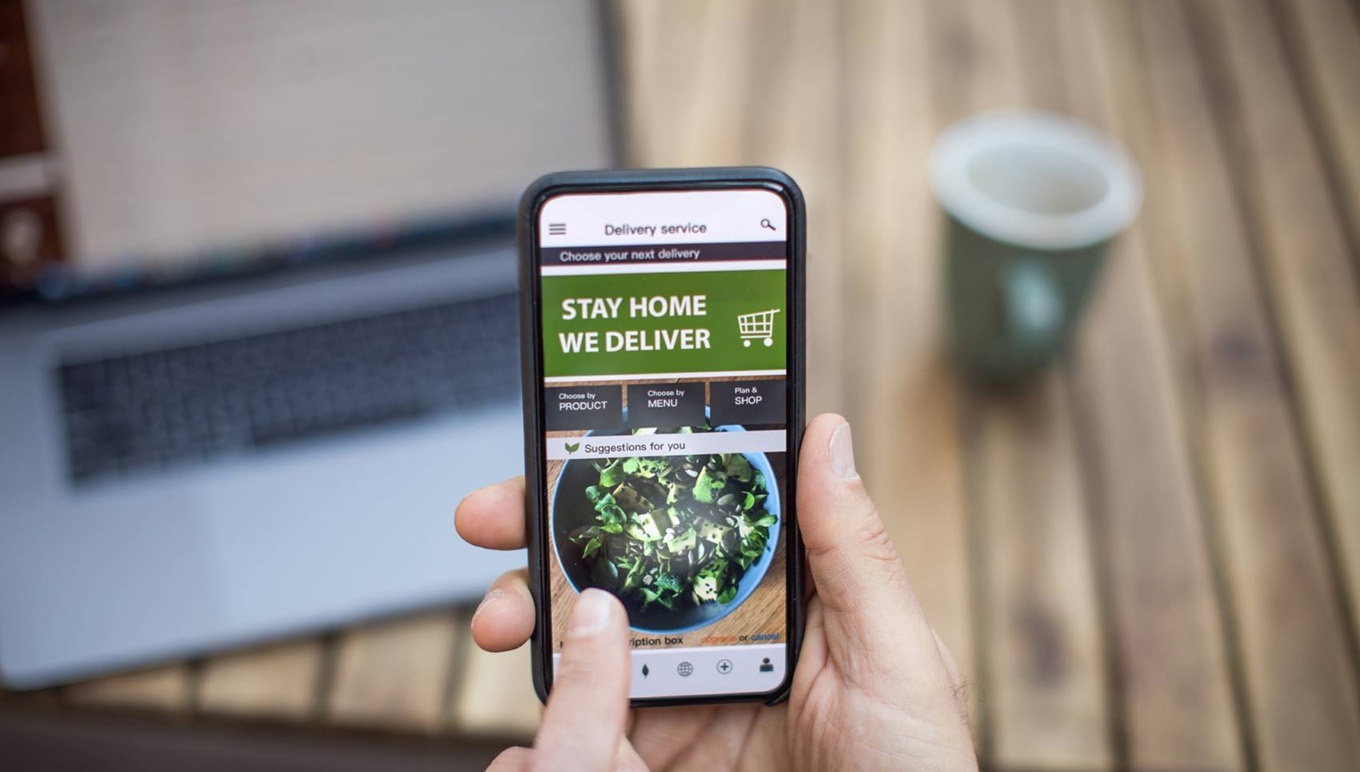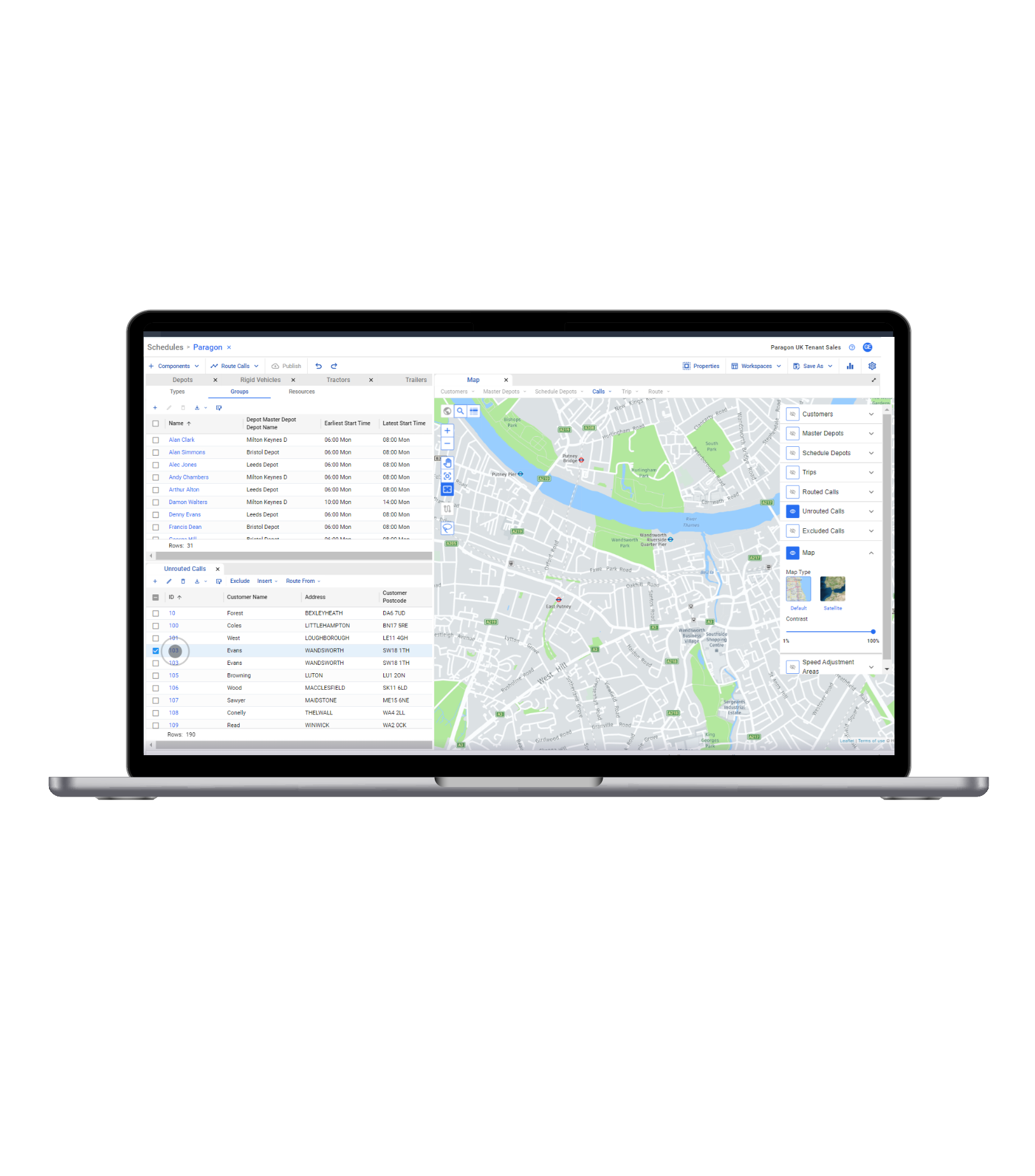Post-Pandemic Changes in Retail Grocery Will Bring Fresh Challenges to Delivery Operations
Post-Pandemic Changes in Retail Grocery Will Bring Fresh Challenges to Delivery Operations
Post-Pandemic Changes in Retail Grocery Will Bring Fresh Challenges to Delivery Operations
12 Août 2020
 Aptean Staff Writer
Aptean Staff Writer 
The coronavirus pandemic brought turmoil to the retail sector in many ways, and one of the more notable — and potentially long-lasting — effects has been on delivery operations and escalating costs in the retail grocery sector, as online ordering and customer demand accelerates. Grocery chains are exploring new business models that could have a major impact on the delivery operations of the manufacturers and distributors who supply them.
According to McKinsey, until relatively recently, the U.S. grocery sector has remained sheltered from the forces of ecommerce for a couple of reasons: most American shoppers still prefer to choose their own food (especially meat, produce and other perishable goods), and few grocers have had the financial capacity to invest in the highly efficient, large-scale cold chains required to make home deliveries at a profit.
With the coronavirus pandemic shifting the trend towards grocery shopping online, grocers are being forced to change. While online sales accounted for anywhere from 3-4% of the U.S. grocery market in 2019, analysts say the share could be as high as 10% by 2025. As the reliability and quality of produce bought online rises and online grocers make more compelling ecommerce offers, millions of shoppers will get comfortable offloading a task that only about 15% say they enjoy. Home deliveries will increase, and the arrangements at brick-and-mortar locations will also change, as click-and-collect options proliferate.
All this will have a profound effect further up the supply chain as manufacturers and distributors adapt to market shifts and changing dynamics in their processes. Well-designed routing technology will be crucial in riding the coming waves of change.
It’s Grocery Retail, but Not As We Know It
One crucial element is a likely wide-scale rethink in the way the mix of online and in-person orders are handled. For example, one idea that is gaining traction in Europe is a micro-fulfillment center that combines a front-of-house retail area where consumers can pick produce and other perishables in person, while the more fungible items they’re willing to order online are picked and packed, via automation, in a small ecommerce fulfillment center behind a wall in the same building. The orders can then be combined at checkout (or gathered for home delivery). Additionally, there may be a move towards huge centralized ecommerce fulfillment centers, like those that already exist for other consumer goods ordered online, geared to cut out the retail location altogether and deliver direct to consumers.
Businesses that supply grocery retailers will need to flex. Delivery locations are bound to change, as will the size and variety of orders, with sustained and unpredictable volatility. Sophisticated routing software will be required to constantly spin up different delivery scenarios, while making sure costs don’t balloon out of control. The technology not only ensures you are achieving the highest efficiency in day-to-day fleet operations, it also allows you to model possible operational solutions for what your customers are likely to do next.
You may need to constantly reconsider whether you have the right capacity and mix of vehicles, along with the drivers to operate them, which the software allows you to do. It also empowers you to easily share delivery data with other departments, in order to inform strategic decisions.
Aptean’s route optimization solutions are designed to help delivery businesses stay ahead of a fast-changing market — keeping businesses flexible and customer satisfaction high while preventing needless extra costs in delivery operations.
Route optimization helps you prepare for the new world of grocery fulfillment by allowing you to:
Incorporate new delivery locations or vehicles into existing operations, instead of hours with manual or rudimentary planning tools.
Track of existing and new customers, constantly, so you can ensure you’re keeping costs under control as you respond to new customer demands.
Have confidence that your delivery operations are running at maximum efficiency, no matter how frequently they need to change, using your choice of KPIs constantly updated.
Run in preparation for likely shifts in customer demands, so you know in advance what are the costs and consequences for your delivery network overall.
Keep customer service levels high with proactive communication on ETA and accurate timely data on delivery performance, reducing the burden on customer service fielding “where’s my stuff?” calls.
Our team of industry experts can take basic transportation data from your company to diagnose how advanced route planning software can deliver benefits that range from lower costs to greater agility in responding to market changes. The software typically delivers overall transportation savings of 10-30%. Contact us today to find out more.
Vous avez essayé la visite guidée du produit et vous êtes prêt à passer à la vitesse supérieure ?
Réservez dès aujourd'hui une démonstration complète avec notre équipe pour découvrir comment notre logiciel de routage avancé peut vous aider à accélérer vos performances.



